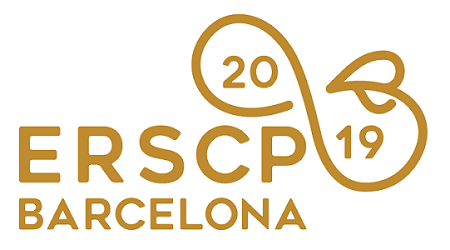Papers Proceedings »
Integration of Sustainable Development Goals into local policy making with localized framework of indicators
Since adoption of the Sustainable Development Goals (SDGs) by the United Nations in 2015, application of SDGs in policy making process has been done in many levels of policy making. Its Goas-Targets-Indicators framework offers common language for discussion and cooperation between different bodies. The government of Japan, who applied the framework since 2016, has formulated SDGs implementation plan every year and re-arranged the targets and indicators for making them applicable and appropriate for the country’s own situation. Following the national initiative, the local governments of Japan also began to consider SDGs in their policy making. However, they need “localization” of the SDGs, especially its indicators, for applying the framework into further varied situations and interests, while such experience is very new for them and its methodology is not established. Against the background, objective of our study is to develop a consistent and logical methodology for integrating SDGs into the local policy making. We especially focus on indicator framework development because the applicability of indicator is the most diverse among the municipalities. We apply two approaches. One is analysing exiting SDGs indicators applied by the local governments. We collected existing plans of the local governments in Japan which shows indicators explicitly related to SDGs. By the end of 2018, twenty-nine (out of 1741) municipalities have disclosed their SDGs plan. All the indicators in those plans are collected and their co-responding goals and the relationship between indicators and goals were analysed. The result shows many of the indicator is related to the goal 11 (sustainable cities and communities) and goal 8 (decent work and economic growth). Synergy effect of different goals (through common or directly related indicators) was often found with goal 7 (affordable and clean energy). Another approach is more bottom-up, participatory process for indicator selection. In a medium-size city, Koriryama, a series of workshops were conducted with stakeholders including staffs of the local government and other public organization, member of NGOs, business sectors, and residents. Through the workshop, they showed goals strongly related to their interest, issues in the city for each of the 17 goals, and actions (both existing and newly proposed) for solving the issues. The output of the workshop was analysed by categorizing the actions and counting number of issues and actions related to the goals. The result shows their interest is stronger for goal 8, 11, and 17 (partnership) than others. As the next step, criteria and methodology for indicator selection were formulate by combining the results of the two approaches.
